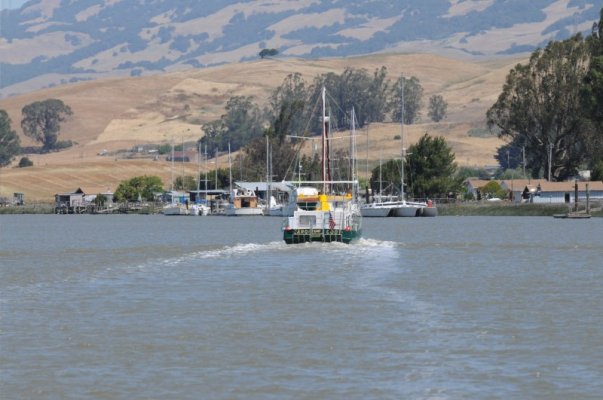Dixie Life
Senior Member
From all the info I've read a boats hull speed "is what it is"; give or take a kt. or two. But, my question is, if I replace my FL120 with an engine with more HP can I get a reasonable increase in speed? Keep in mind this is all number crunching. So save all suggestions on why not just buy a faster boat. Let's deal with any given 40ft, full displ., single eng. trawler. Can replacing a 120hp eng. with a 240hp. eng. increase the speed from 8kts. to 12kts. or 14kts., etc.?

